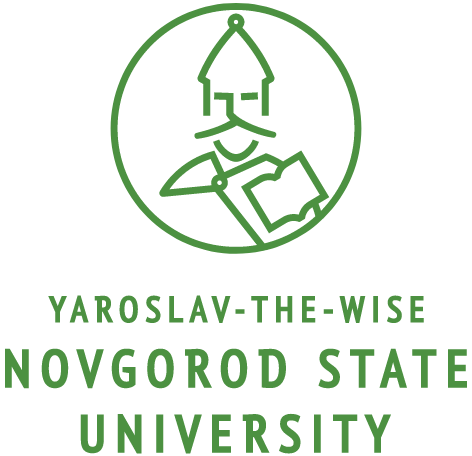Variability of Russian proverbs with an anthroponym component
DOI:
https://doi.org/10.34680/VERBA-2021-2(2)-20-32Keywords:
proverbs, anthroponym, variability, variant, variation, Vlas P. ZhukovAbstract
Based on the material of proverbs with an anthroponym component, the main methods and techniques for studying variability in proverbs are considered, a new approach that synthesizes linguistic and folkloristic principles and concepts is developed. Such an approach allows us to study the variability based on the comparison of texts according to the generalized meaning and functions of a proverb, on the one hand, and taking the figurative system, features of structure and composition into account, on the other hand. Using extensive material, the variability of the anthroponymic component in the proverbs composition is studied, the impact of certain changes in the anthroponym on the semantic identity of proverbs, their subject-conceptual, subject-figurative and structural and compositional plan. In curse of the analysis, the proverbs are subdivided in groups based on the changes that their anthroponym component undergo on each language level, i. e. phonetics, word formation, morphology, lexis and syntax. The study is conducted in close dialogue with Vlas P. Zhukov’s variability theory. Applying, among other techniques, the method of semantic application proposed by Vlas P. Zhukov, the paper reveals the degree of influence of anthroponyms’ changes upon the proverbs semantic equivalence and identity, their subject-figurative and structural and compositional plan. The concepts adopted both in linguistics and folkloristics, namely “variant”, “variation” and others are used in the work. The study distinguishes types of anthroponyms variability, establishing categories to qualify these types. Based on this, the proverbs with anthroponyms components are subdivided into variants, variations and autonomous units. Special attention is paid to proverbs with precedent names, which normally have no lexical variants, which determines the autonomous status of the proverb.
Downloads
Downloads
Published
How to Cite
Issue
Section
License
Copyright (c) 2021 Verba

This work is licensed under a Creative Commons Attribution-NonCommercial 4.0 International License.








